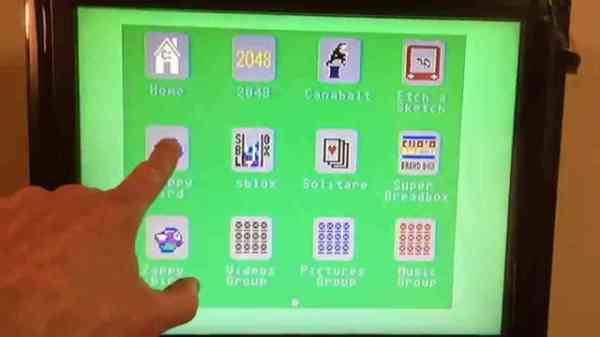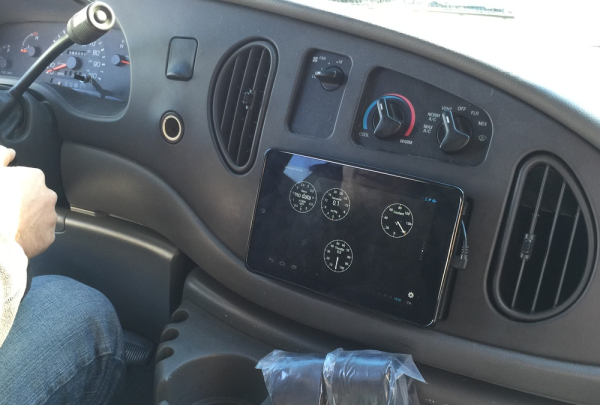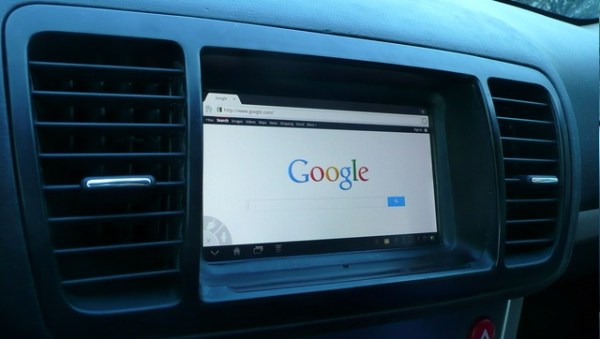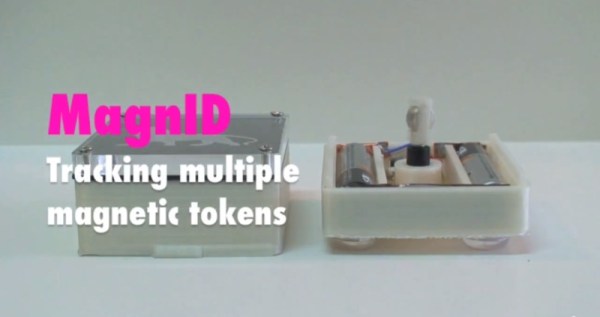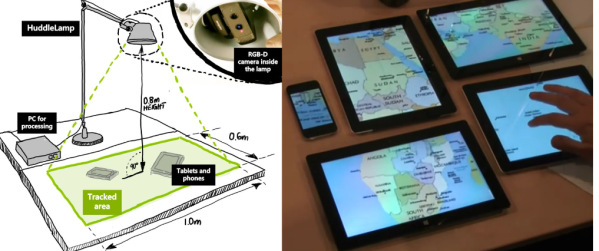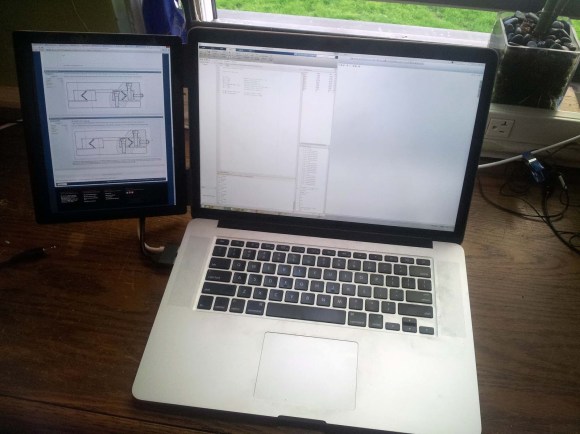The classic Commodore 64 has had its share of modernizing in the OS department. From its roots starting up a basic prompt, to full high resolution GUI packages like GEOS, to today where [Jim_64] added a tablet like launcher complete with a touch screen interface.
The GUI itself takes advantage of the high resolution graphics of the C-64 that looks similar to iOS, Icons are selected via cursor keys or joystick (what? no light pen?) and launch the various functions they represent. To add to the tablet-like feel of the OS, an off the shelf 3m touch screen panel and its corresponding RS232 interface board were obtained from digikey.
With the panel securely attached to the monitor, XY data from the various finger pokes are sent via serial at a blazing 1200 bps where the program interprets the position. Using the available demo (download sideA and sideB) and off the shelf parts, this should be easy for anyone with a classic C-64 to set up in their own home and have some fun.
Join us after the break for a few demo videos!
Continue reading “Ditch The IPad; Build A Commodore 64 Tablet”

